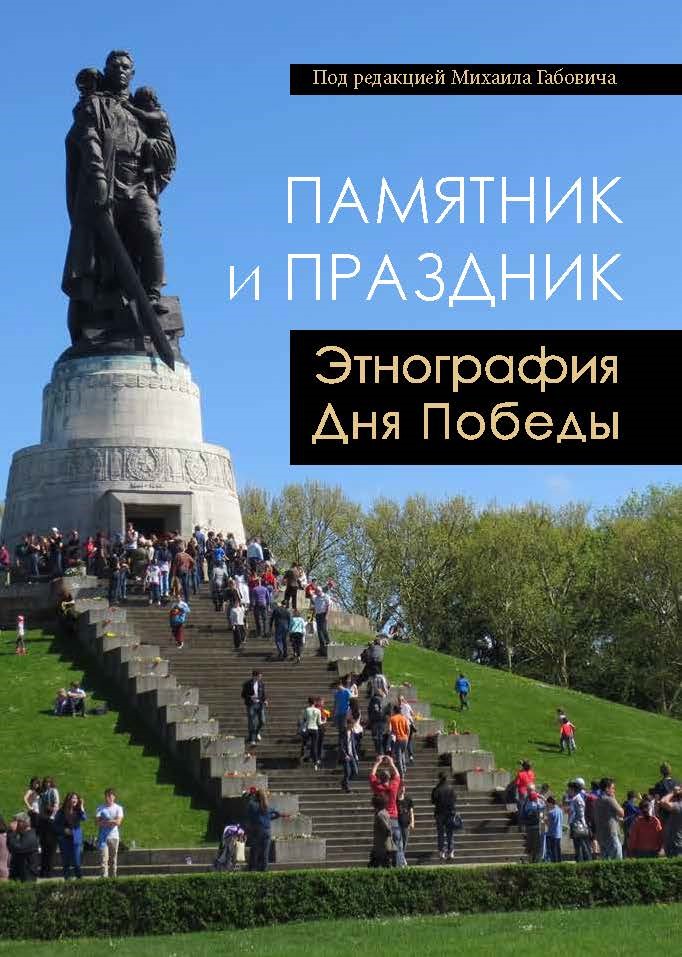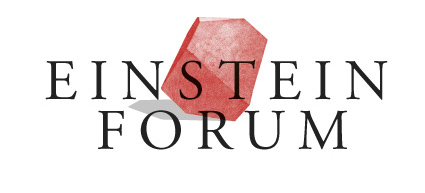
Mischa Gabowitsch (ed.)
Pamjatnik i prazdnik: etnografija Dnja Pobedy
[Denkmal und Fest: Ethnographie des Siegestages]
Nestor-Istorija, St. Petersburg, 2020.
416 S. 98 Farbillustrationen.
ISBN 978-5-4469-1777-8
Preis: gebundene Ausgabe 500 Rubel (ca. 5,75 Euro), als E-Book 400 Rubel (ca. 4,60 Euro)
Der 9. Mai, Tag des Sieges der Sowjetunion über NS-Deutschland, ist bis heute der weltweit am breitesten zelebrierte Kriegsgedenktag. Dabei ist der Tag des Sieges nicht nur Anlass für offizielle Feierlichkeiten, sondern auch und vor allem ein Volksfest für Millionen von Menschen in aller Welt, die sich aufgrund ihrer Herkunft oder auch aus politischen Gründen mit diesem Sieg identifizieren.
Wie wird dieser Tag in verschiedenen Ländern und Städten begangen? Und welche Rolle spielen dabei sowjetische Kriegsdenkmäler? Wie drücken sich politische Konflikte um die Bedeutung des 9. Mai im städtischen Raum aus? Welche neuen Festtraditionen sind seit dem Zusammenbruch der Sowjetunion und dem Verschwinden des Eisernen Vorhangs entstanden? Welche Rolle spielt dieser Tag für den Zusammenhalt und das Selbstverständnis lokaler Gemeinschaften – von der russischsprachigen Bevölkerung Litauens bis hin zu Odessiten in Berlin?
Diesen und anderen Fragen sind am und um den 9. Mai 2013 Forscherinnen und Forscher verschiedener Disziplinen nachgegangen. Vom karelischen Sortawala bis zum tschetschenischen Groznyj, von Sofia bis Wien und Berlin beobachteten sie die Feierlichkeiten und sprachen mit Teilnehmerinnen und Teilnehmern. Gemeinsam mit dem auf Deutsch erschienen Band zum Nachfolgeprojekt aus dem Jubiläumsjahr 2015 bietet das Buch faszinierende Einblicke in Geschichte und Gegenwart eines der wichtigsten politischen Feste unserer Zeit.
Mehr zum Projekt
